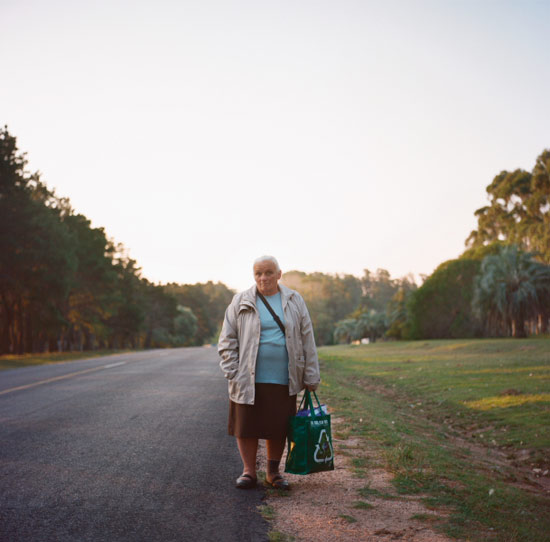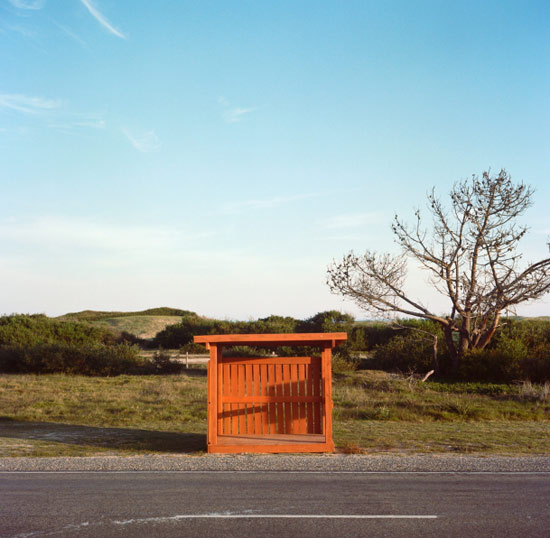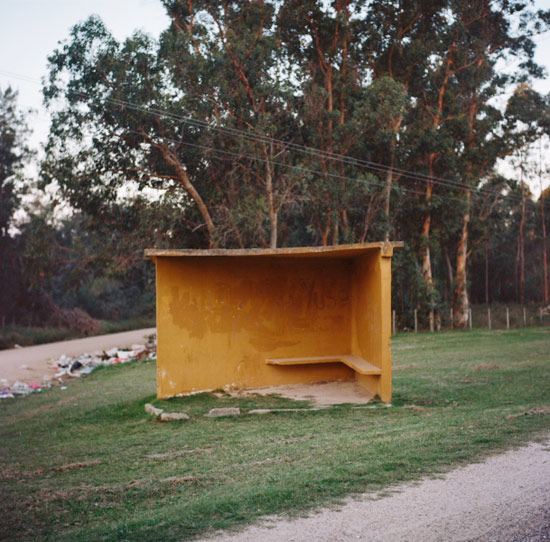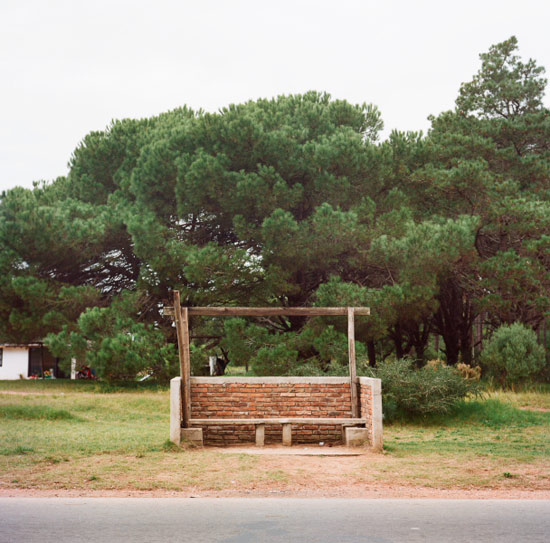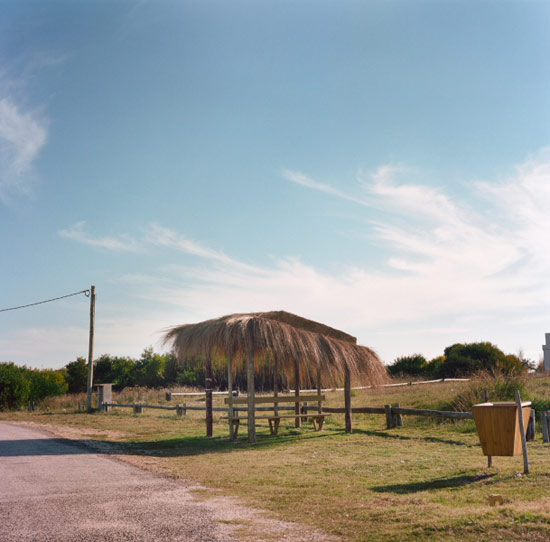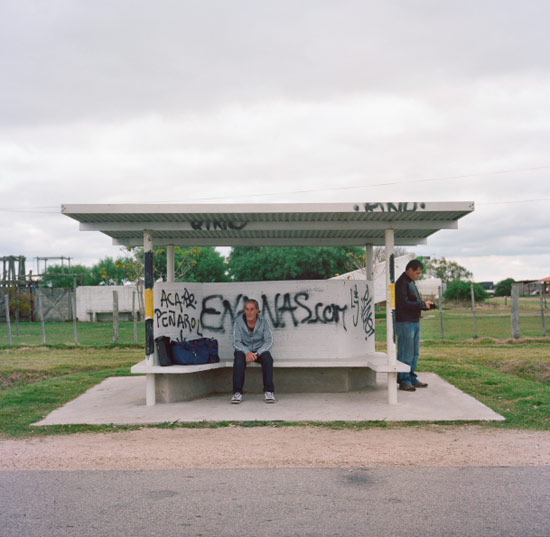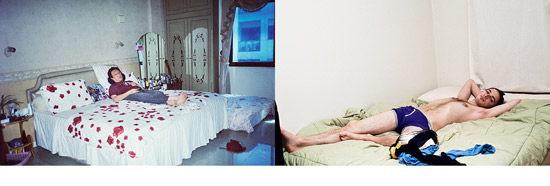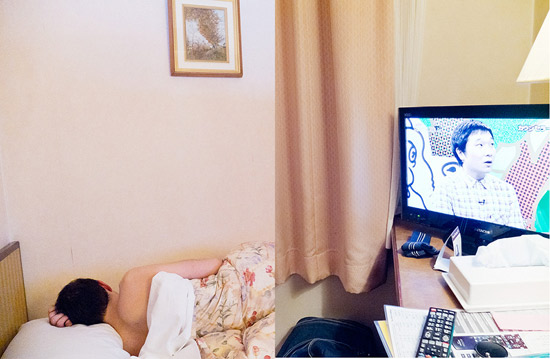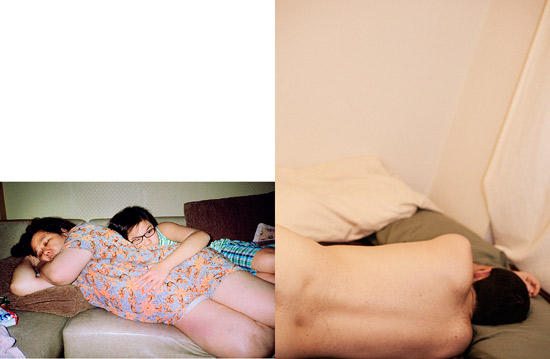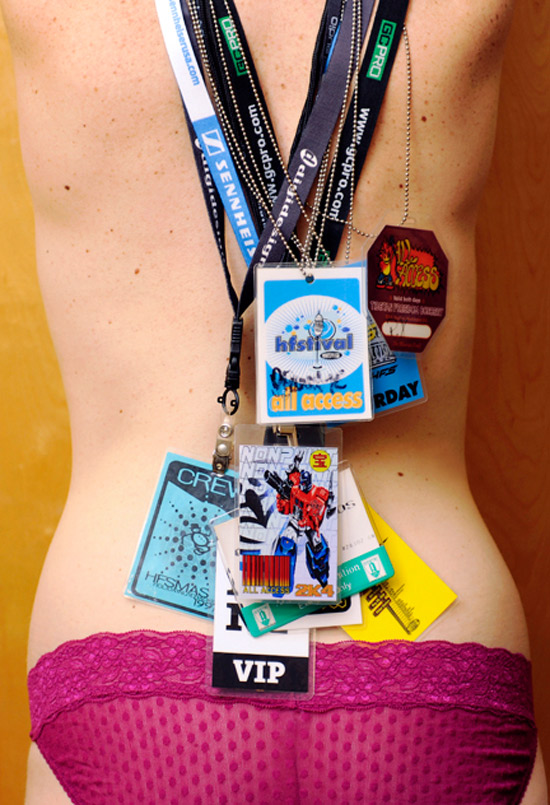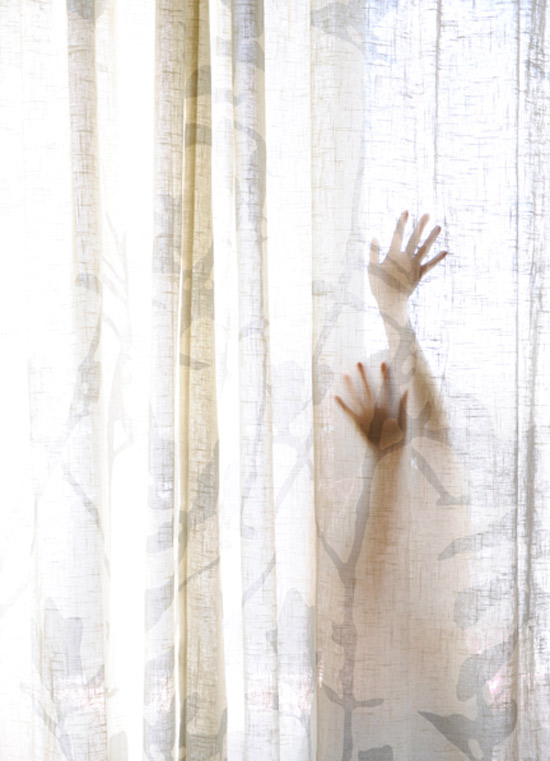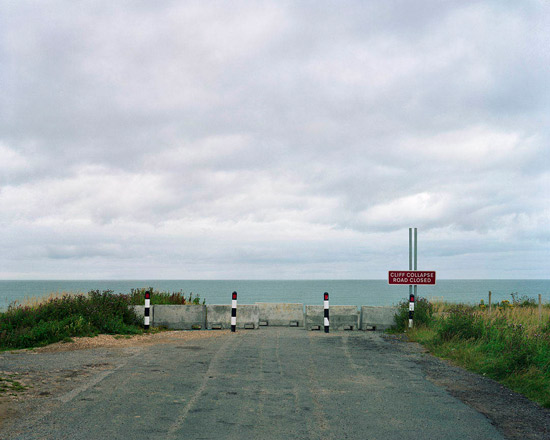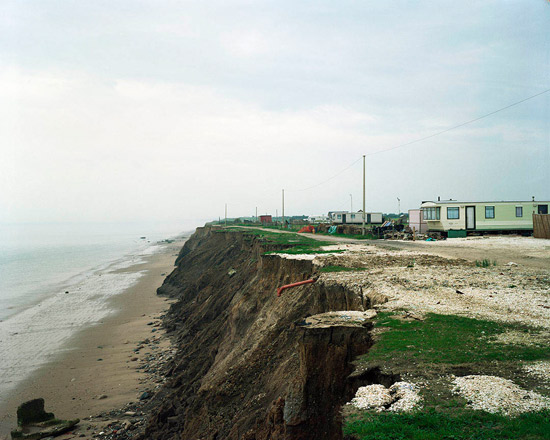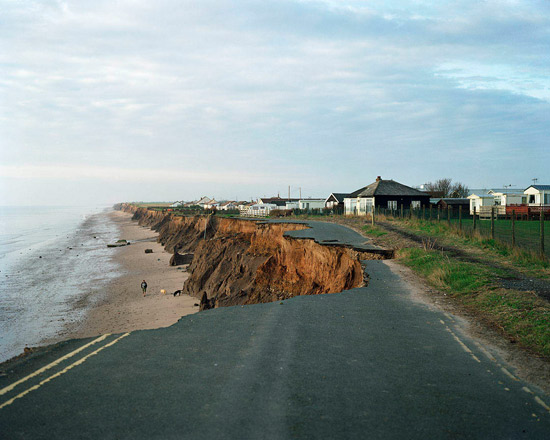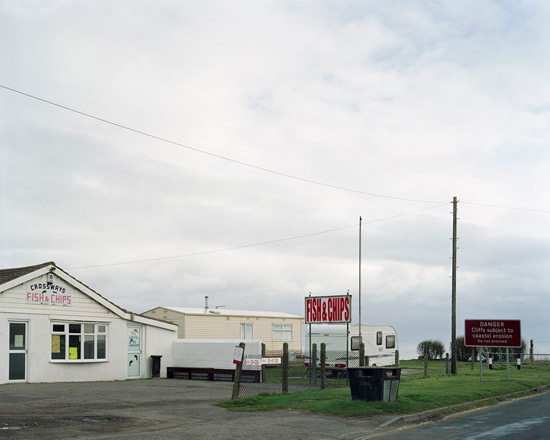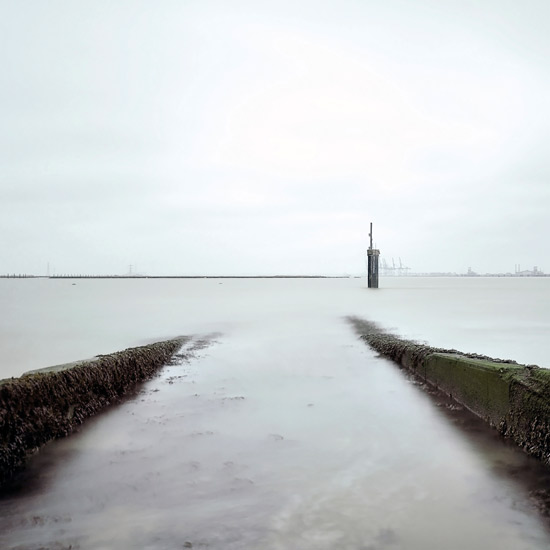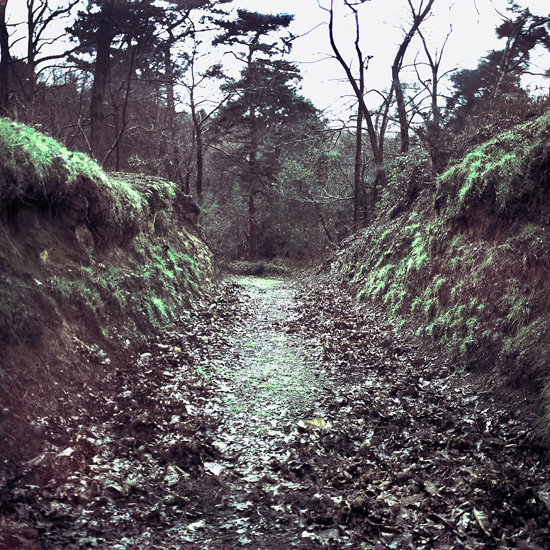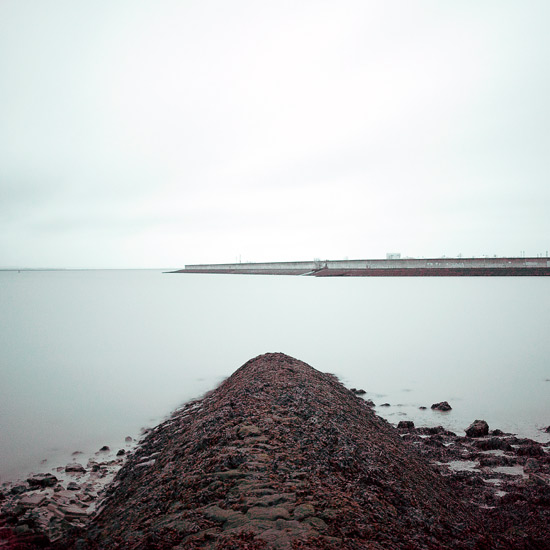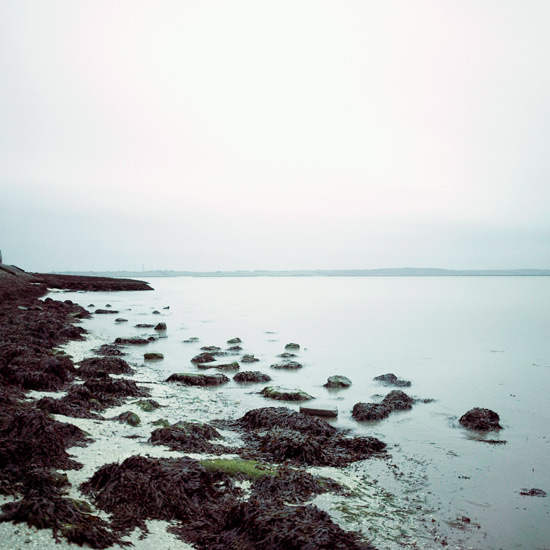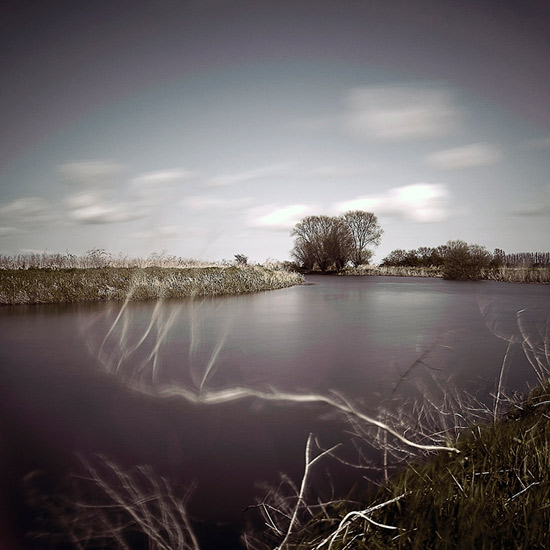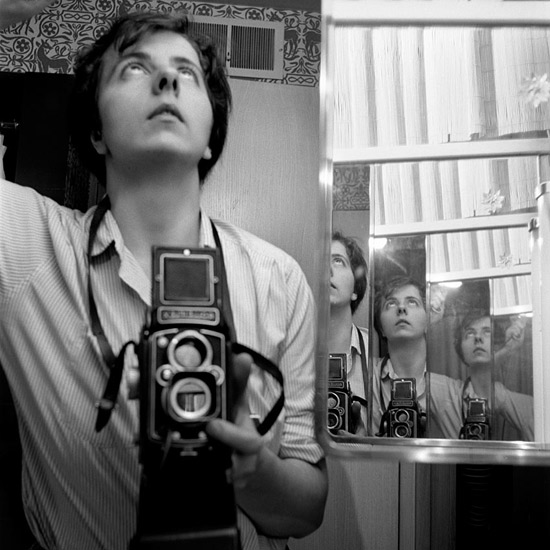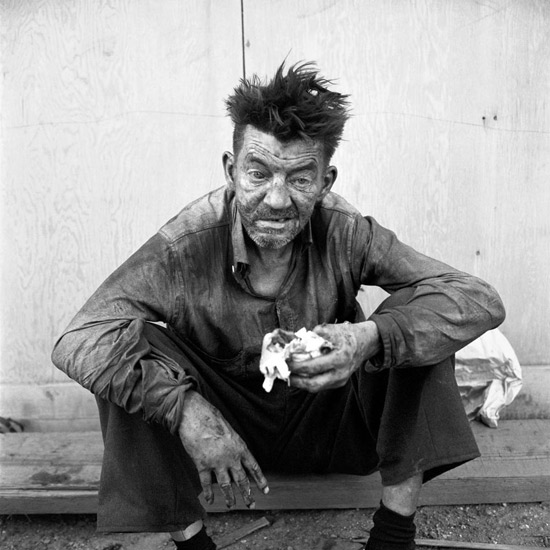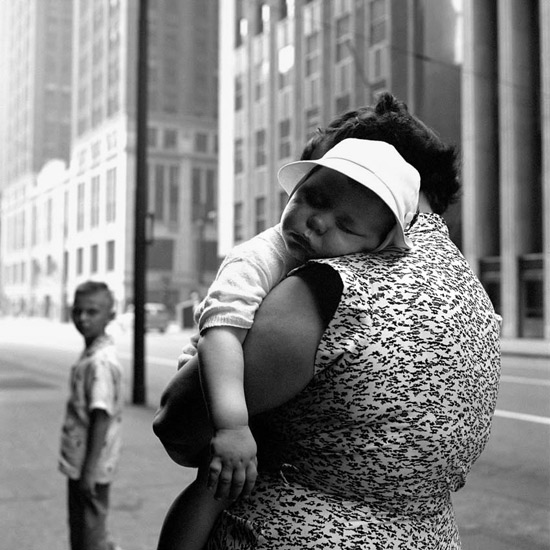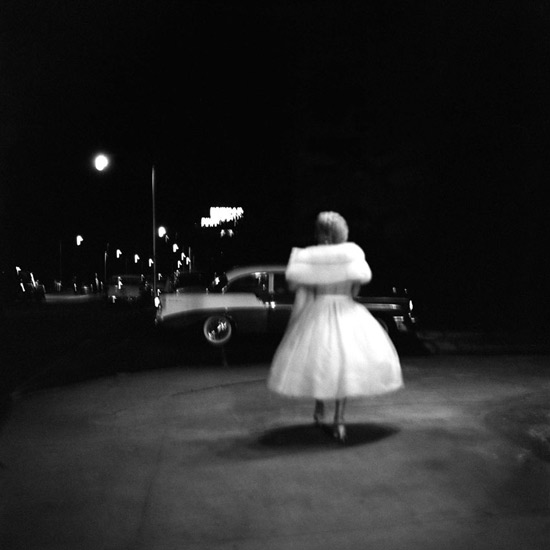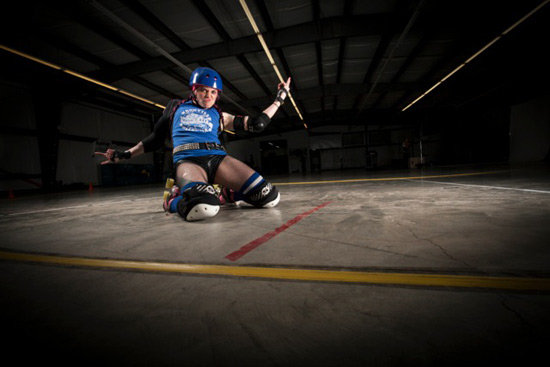Dead Man's Island © Fleur Alston
Fleur Alston, reporting from the UK's south east county of Kent. According to Wikipedia, Kent's location between London and continental Europe has led to it being in the front line of several conflicts, including the Battle of Britain during World War II. East Kent was known as Hell Fire Corner during the conflict.
Fleur has made a project out of photographing her local historic sites of former gore.
"The wonderfully evocative named Dead Man's Island is the site of a mass grave. Prisoners were kept in the hulks on the Thames estuary and when they died they were buried on Dead Man's Island. The bones of Napoleonic prisoners as well as cholera victims are supposedly lying on the shore. It is difficult to get there though; unfortunately I do not have a boat and even if I had one it is a bird preservation and the wardens are not particularly friendly."
Gallows Hill
"Possibly self-explanatory, this was the site of a gallows. The extraordinary thing is you can almost mark the spot the gallows stood still today. The photograph is of the ancient path the prisoners would have more than likely walked to there final destination. Out of all the places I have visited so far this was the most strangest and atmospheric! It was a very spooky place."
Deadman's Point
Deadman's Bay
"Deadman's Bay has an ominous history; due to tidal currents, numerous bodies have been and possibly still are washed up on its shore. There is also a folklore that two fish-like creatures with legs have been found on two separate occasions. There is a tiny strange museum close to the bay.
Deadman's Point, however, not more than 200 yards away, is named for an entirely different reason. It is a Roman burial site, now the home of a holiday caravan park. Not sure it's somewhere I'd want to stay knowing all the history of that area."
Blood Point
Blood Point was the scene of King Alfred`s famous defeat of a Viking invasion force and a bloody battle took place there.
Slayhill Marshes is the site of a Roman battle which took place before the marshes were formed.





